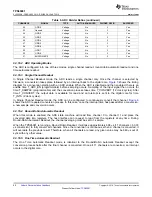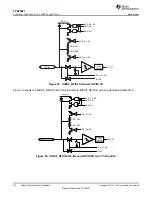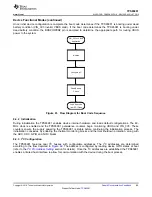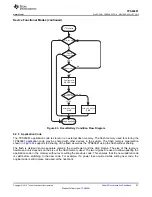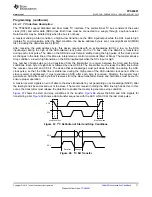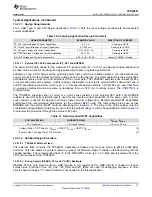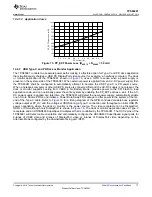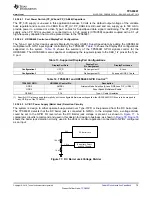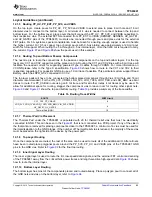
VBUS
CC1/2
SSTX/RX
SBU1/2
USB2.0
Type-C
Receptacle
TPS65981
(Charger Application)
VBUS
CC1/2
HV_GA
TE1
USB2.0
HV_GA
TE2
SENSEN
SENSEP
PP_HV
GPIOx
GPIOy
PP_5V0
VIN_3V3
PP_CABLE
Supply 20 V, 5 A
15 V, 3 A
*12 V, 3 A
*12 Volt supply is optional
9 V, 3 A
Variable Supply
Supply 5 V, 3.5 A
Supply 3.3 V, 50 mA
Copyright © 2016, Texas Instruments Incorporated
CSD87501L
74
SLVSDC2B – FEBRUARY 2016 – REVISED AUGUST 2016
Product Folder Links:
Copyright © 2016, Texas Instruments Incorporated
10 Application and Implementation
NOTE
Information in the following applications sections is not part of the TI component
specification, and TI does not warrant its accuracy or completeness. TI’s customers are
responsible for determining suitability of components for their purposes. Customers should
validate and test their design implementation to confirm system functionality.
10.1 Application Information
The typical applications of the TPS65981 include chargers, docking systems, monitors, notebooks, tablets,
ultrabooks, and any other product supporting USB Type-C, USB-PD, or both as a power source, power sink, data
DFP, data UFP, or dual-role port (DRP). The typical applications outlined in the following sections detail a
Featured USB Type-C and PD Charger Application
and a
USB Type-C and PD Dock or Monitor Application
.
10.2 Typical Applications
10.2.1 Fully-Featured USB Type-C and PD Charger Application
The TPS65981 controls three separate power paths making it a flexible option for Type C PD charger
applications. In addition, the TPS65981 supports VCONN power for
e-marked
cables which are required for
applications which require greater than 3 A of current on VBUS.
shows the high level block diagram of
a Type-C and PD charger that is capable of supporting 5 V at 3 A, 9 V at 3 A, 12 V at 3 A (optional), 15 V at 3 A,
and 20 V at 5 A. The 5-V , 9-V, 12-V and 15-V outputs are supported by the TPS65981 internal FETs and the
20-V output uses the external FET path controlled by the TPS65981 NFET drive. This Type-C PD charger uses a
receptacle for flexibility on cable choice.
Figure 74. Type-C and PD Charger Application

